Imagine the cities we call home, adorned with towering steel marvels that seem to touch the heavens themselves. These architectural behemoths are more than steel structures; they are testaments to human ambition and innovation, rising as icons that define our urban landscapes. In this captivating exploration, we’ll traverse the globe and span centuries to unveil some of the world’s most iconic steel structures. That being said, it is hard to look the other way at the remarkable influence of hot-rolled TMT bars and the futuristic allure of ultra-tungsten technology in shaping these towering legends.
Iconic Steel Structures Around the World
1. The Eiffel Tower, Paris
Our adventure begins in Paris, where the Eiffel Tower reigns as a timeless symbol of France’s cultural heritage and engineering brilliance. Gustave Eiffel’s lattice tower, built for the 1889 Exposition Universelle, stands tall at 324 meters and held the title of the tallest man-made structure until 1930. What many people don’t realize is that its iron framework was constructed using a technique similar to today’s hot-rolled TMT bars, ensuring its durability and longevity.
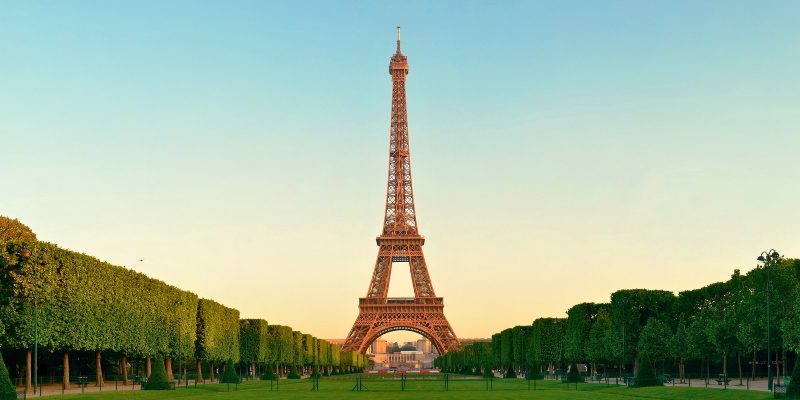
Fun Fact: Did you know that the Eiffel Tower can be up to 15 cm taller during the summer months due to the expansion of its iron framework in the heat?
2. The Golden Gate Bridge, San Francisco
Moving across continents, we arrive at San Francisco’s Golden Gate Bridge—a magnificent masterpiece of suspension engineering. Completed in 1937, this iconic rust-colored wonder boasts sweeping Art Deco aesthetics and remarkable strength. The bridge’s cables, composed of high-strength steel, and its tower foundations, fortified with hot-rolled TMT bars, have contributed to its ability to withstand the region’s notorious earthquakes.
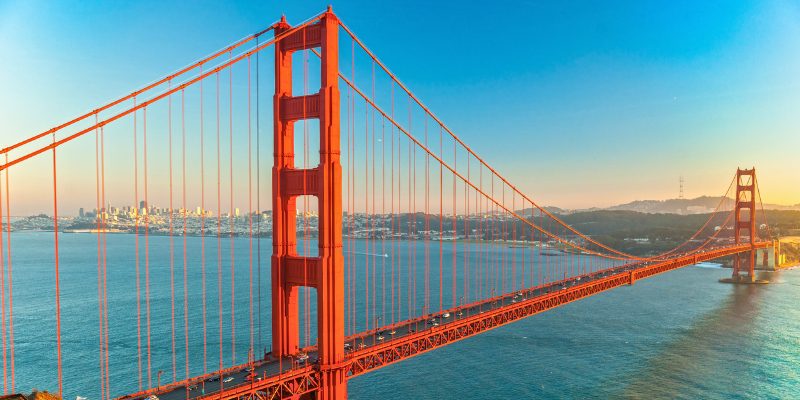
3. The Burj Khalifa, Dubai
Next on our list is Dubai’s Burj Khalifa, a true testament to modern architectural marvels. Reaching an astonishing height of 828 meters, it proudly holds the title of the world’s tallest building. Designed by Adrian Smith of SOM (Skidmore Owings & Merrill), the Burj Khalifa utilizes ultra-tungsten technology to optimize its structural performance and stability. Tungsten is incorporated into the building’s foundation anchors, enhancing its resistance to ground settlement—an essential consideration in Dubai’s sandy terrain.
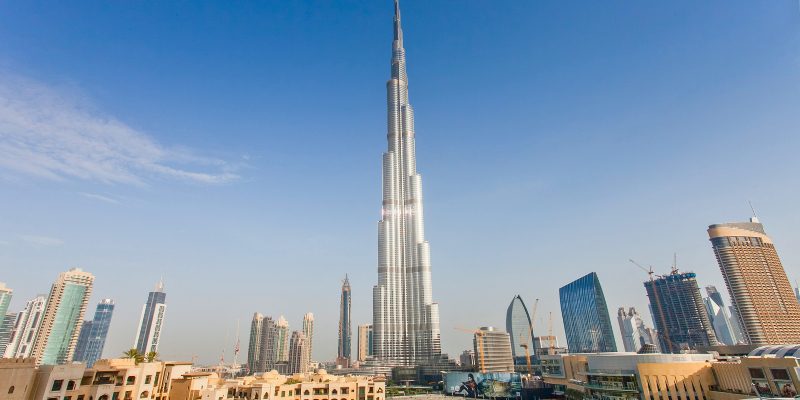
4. The Sydney Opera House, Australia
On the shores of Sydney Harbour, Jørn Utzon’s Sydney Opera House rises like a cluster of billowing sails. This UNESCO World Heritage Site is renowned for its innovative design, which posed significant structural challenges. Hot-rolled TMT bars were instrumental in reinforcing its concrete shell, ensuring the iconic structure’s longevity and stability.
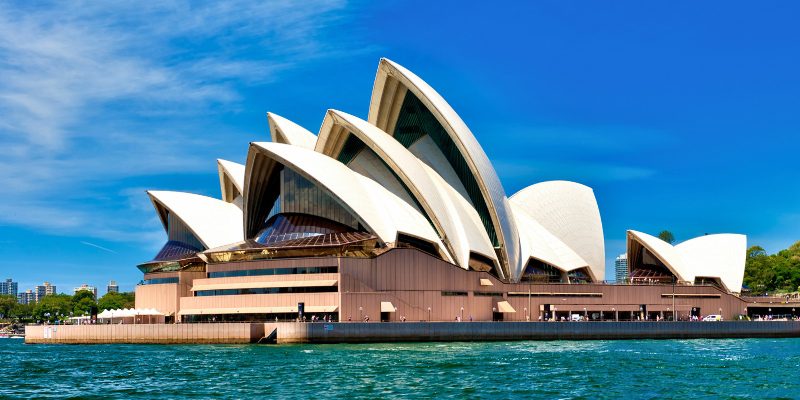
5. The Shard, London
Renzo Piano’s Shard, a gleaming glass spire piercing the London skyline, represents a harmonious fusion of contemporary design and engineering precision. The Shard’s steel core, comprising high-strength hot-rolled TMT bars, plays a vital role in supporting its 95 stories. This structure exemplifies the transformative potential of steel in modern architecture.
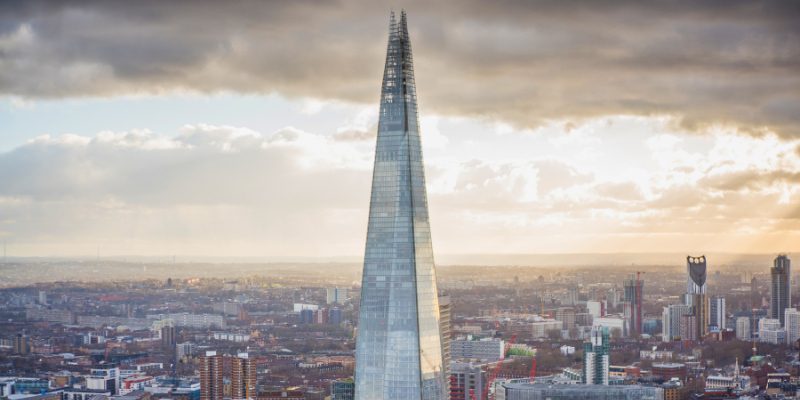
6. The One World Trade Center, New York City
Across the Atlantic Ocean, we find ourselves in New York City at the One World Trade Center—also known as Freedom Tower—a beacon of resilience and remembrance. Standing at a symbolic height of 1,776 feet (a tribute to the year of American independence), this tower was built with a strong steel core using cutting-edge construction technologies such as ultra-tungsten technology for enhanced structural stability.
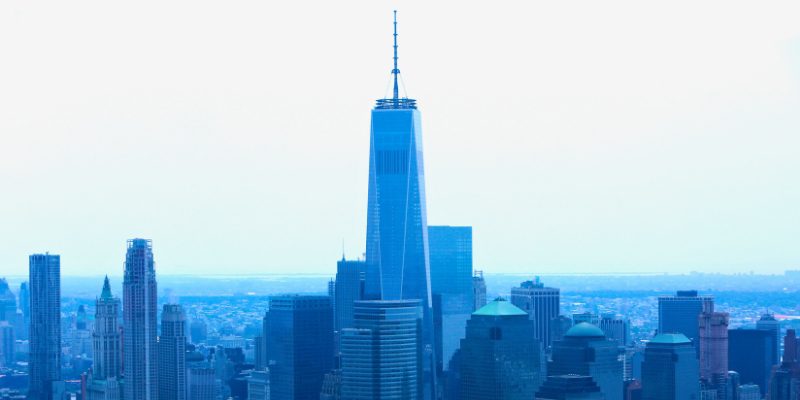
7. The Shanghai Tower, China
China’s dazzling Shanghai Tower, designed by Gensler, spirals 632 meters into the sky, making it one of the tallest buildings globally. The tower’s advanced structural design incorporates cutting-edge materials and hot-rolled TMT bars to withstand the region’s seismic activity and typhoon-prone weather.
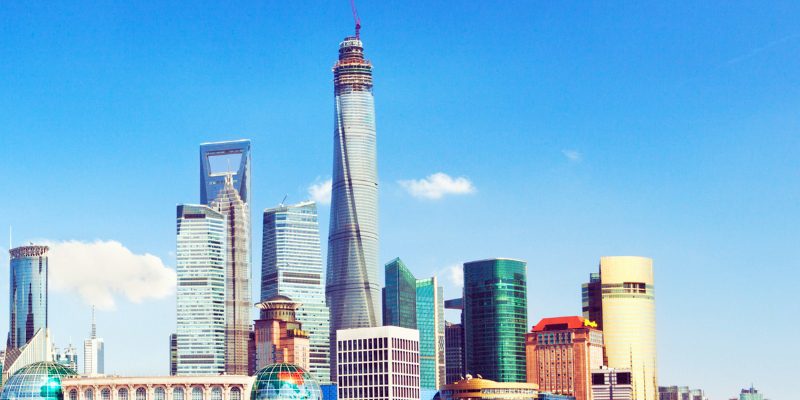
Conclusion
As we marvel at their pre-eminent magnificence, it’s important to recognize that these towering structures represent more than just steel and concrete. They are tangible symbols of human ingenuity, determination, and boundless imagination. From the graceful curves of the Eiffel Tower to the audacious heights of the Burj Khalifa, each structure tells a story of dreams turned into reality through relentless pursuit. These monumental giants stand as testaments to our unwavering belief in pushing boundaries and achieving greatness.
Their construction is a testament to human perseverance and innovation, where hot-rolled TMT bars provide a rhythmic heartbeat while ultra-tungsten technology ensures unparalleled precision. This harmonious blend of strength and finesse continues to captivate generations, creating a symphony of steel that resonates deeply within the cities they proudly call home. When we celebrate these architectural marvels, we not only pay homage to them as feats of engineering but also as profound expressions of human potential realized on a grand scale.




